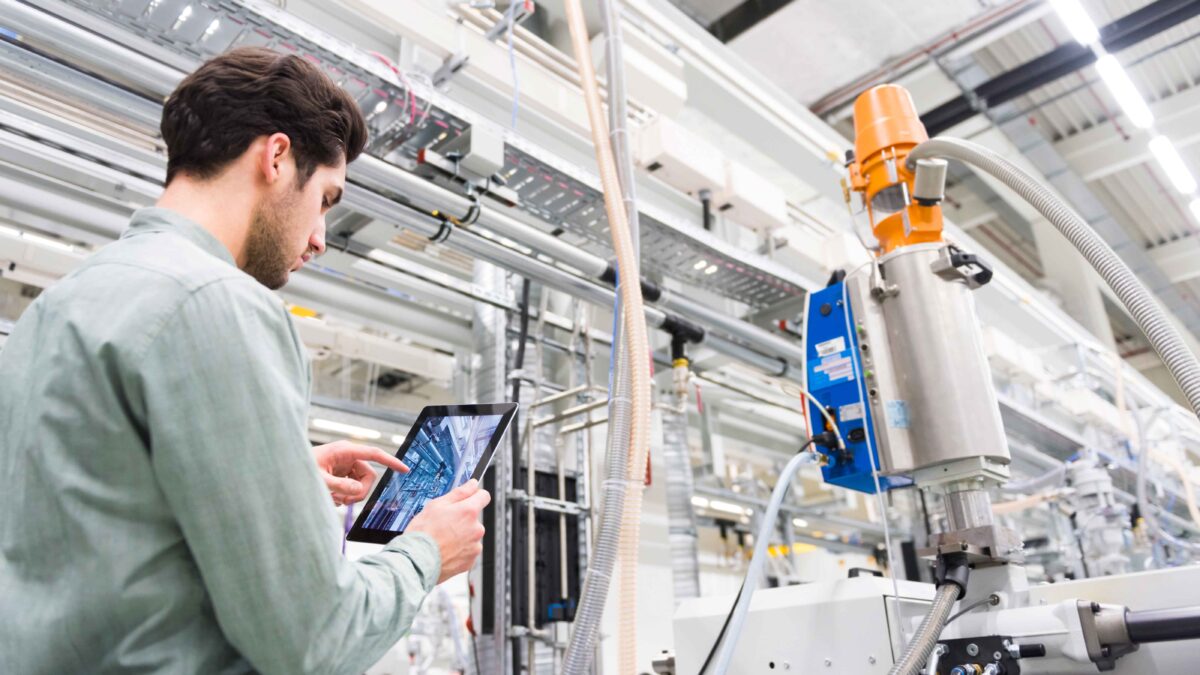Introduction
Have you ever wondered how artificial intelligence is transforming the age-old textile industry? Textile manufacturing, an essential component of global trade, is experiencing a revolutionary shift with the introduction of AI technologies. The integration of AI into textile manufacturing is not just about boosting productivity; it’s about innovating fabrics and creating sustainable solutions. In this article, we will explore how AI is reshaping textile production and what this means for the future of the industry. From design to quality control, AI’s impact is multifaceted and profound. Let’s dive into the innovative world where technology meets textiles.
The Role of AI in Textile Manufacturing
In the ever-evolving textile sector, artificial intelligence plays a pivotal role in streamlining operations and enhancing productivity. By implementing AI, manufacturers can achieve remarkable accuracy and efficiency. But how exactly is AI integrated into the textile manufacturing process?
Enhancing Fabric Design
AI assists designers by predicting fashion trends and consumer preferences. By analyzing massive datasets, AI can provide insights that help designers create fabrics that meet market demands. This predictive ability minimizes waste by ensuring that the fabrics produced are more likely to be sold rather than discarded.
- Data-Driven Design: AI analyzes data on fashion trends, enabling designers to create relevant designs.
- Customization: Advanced algorithms allow for mass customization, tailoring fabrics to specific customer needs.
Improving Production Efficiency
AI helps optimize the textile production process, reducing errors and enhancing speed. Machines equipped with AI can operate autonomously, making precise decisions that human workers traditionally make.
- Automated Quality Control: AI systems can detect defects in fabrics faster and more accurately than human workers.
- Predictive Maintenance: Machine learning algorithms predict equipment failures, reducing downtime and maintenance costs.
Sustainable Manufacturing Practices
One of the most significant benefits of AI in textile manufacturing is promoting sustainability. But what makes AI a game-changer for eco-friendly practices?
Reducing Waste
AI technologies not only streamline production but also significantly cut down material wastage. This is achieved through precise measurements and automated cutting processes.
- Efficient Resource Use: AI optimizes material usage, reducing waste in production lines.
- Sustainable Materials: AI can identify suitable sustainable materials, promoting environmentally friendly manufacturing.
Challenges and Future Prospects
While AI offers numerous benefits, the textile industry still faces challenges in fully integrating these technologies. So, what are the hurdles, and how can they be addressed?
High Initial Investment
Integrating AI requires significant initial investments in technology and training. However, the long-term benefits in productivity and efficiency can outweigh these costs.
Technical Skill Gap
There is a growing need for skilled personnel who can manage and maintain AI systems. Training programs and educational initiatives are crucial to bridge this gap.
The Road Ahead
The future of textile manufacturing with AI looks promising. As technology advances, AI will become more accessible, and its applications will diversify. The industry is on the cusp of a technological renaissance that promises to revolutionize how we think about fabrics and fashion.
You may also like:Food Supply Chains Secured: Multinationals Use ChatGPT
Conclusion
Textile manufacturing is innovating fabrics with AI, creating a future where technology and fashion seamlessly converge. By enhancing design, improving production efficiency, and promoting sustainability, AI is set to transform the textile industry as we know it. As we move forward, it’s essential to embrace these innovations to unlock the full potential of AI in textiles. Are you excited about the possibilities AI brings to textile manufacturing? Share your thoughts in the comments below, and stay tuned for more insights into cutting-edge technological advancements.
In summarizing, harnessing the power of AI in textile manufacturing is not only a method to enhance efficiency but a pathway to sustainable and innovative fabric production. As the industry continues to evolve, staying informed and adaptable will ensure continued growth and success.
Featured Image Source: Yandex





